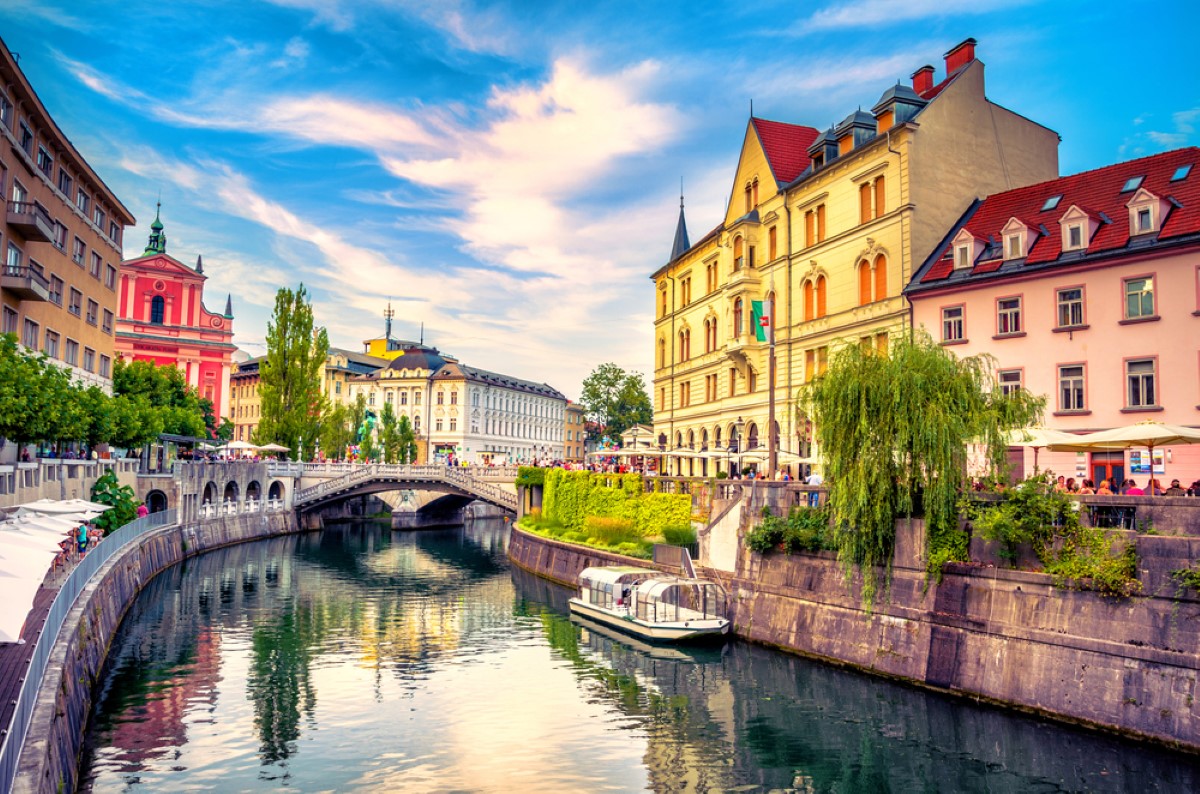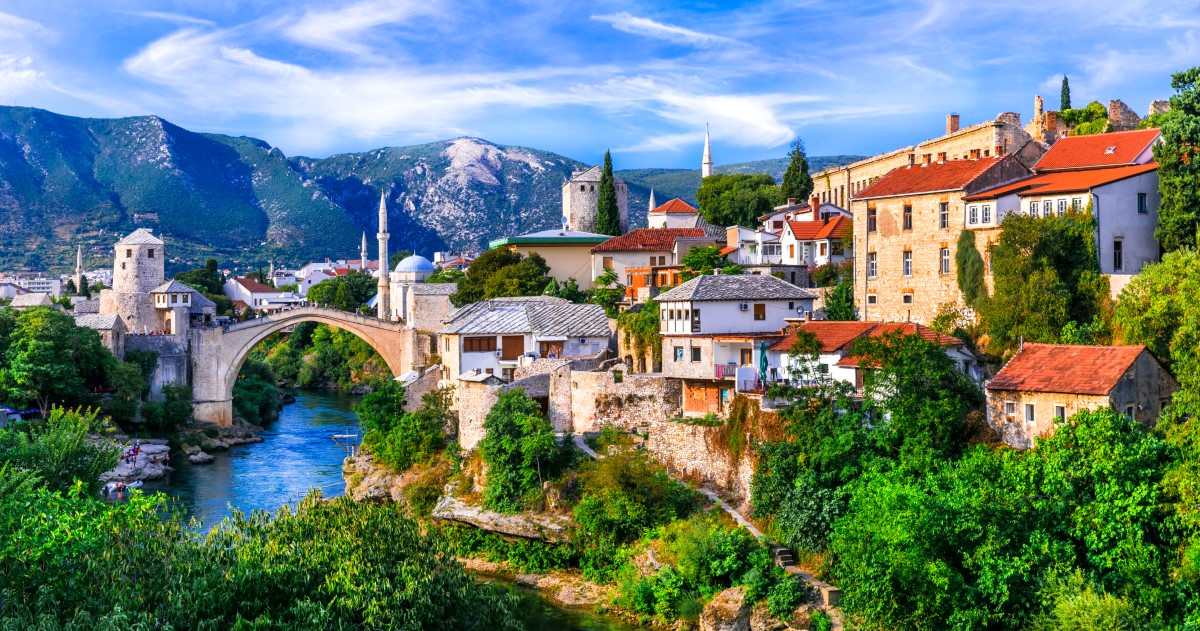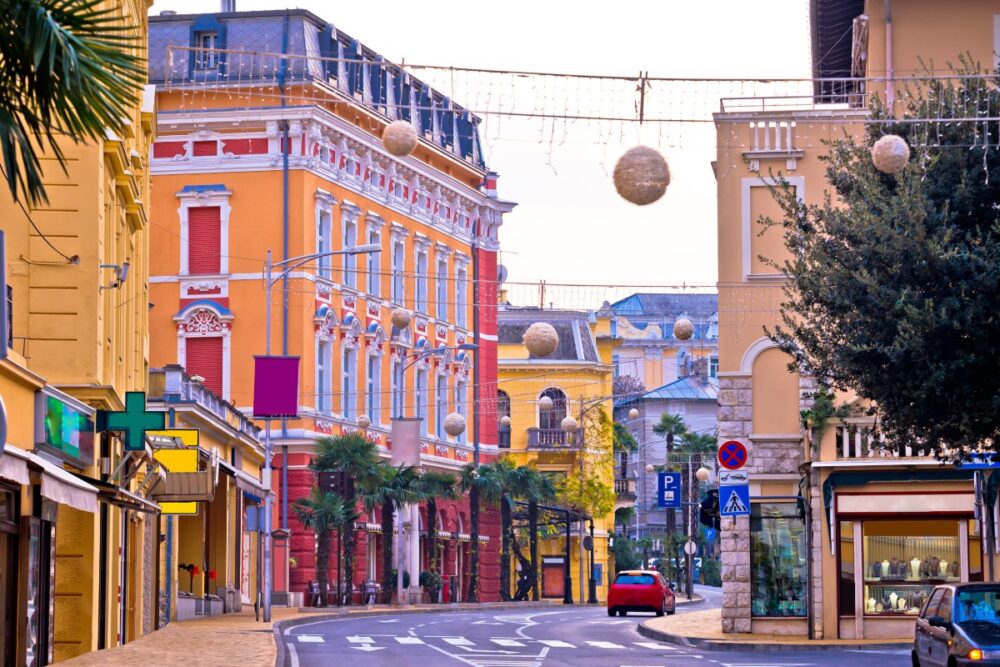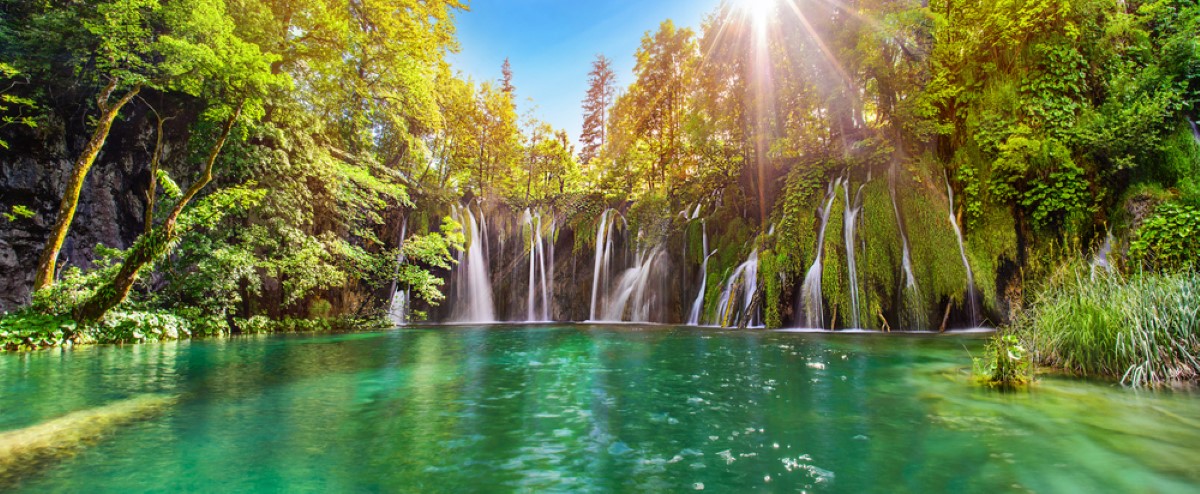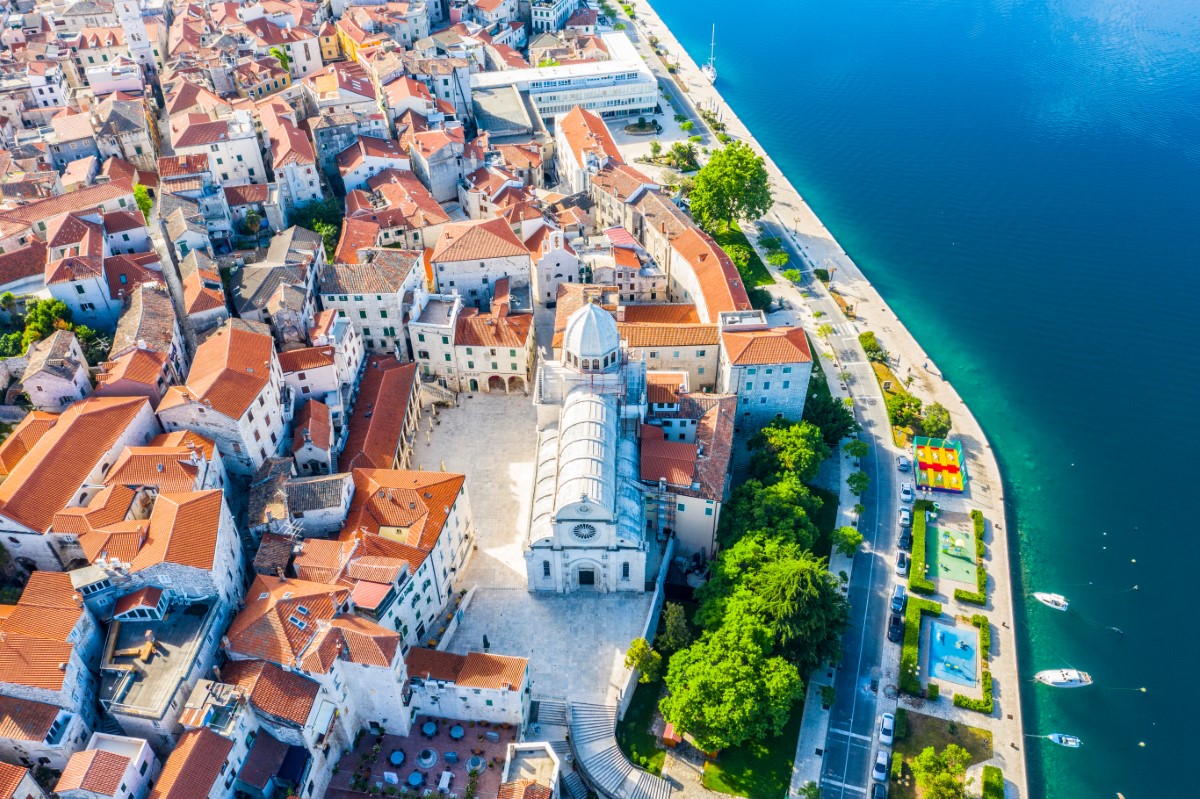Destinations
Ljubljana to Lake Bled is a great day trip from Slovenia’s capital, or you can spend the night in nearby accommodations. Lake Bled is located in the northwestern edge of Slovenia, snuggled in between the Alps to the north, and Triglav National Park to the west.
Montenegro is a Balkan country on the Adriatic Sea, standing on the edge between west and east. Bordering Bosnia and Herzegovina and Croatia to the north, Kosovo to the east, Serbia to the northeast, and Albania to the South. Over the centuries, many civilizations have collided to leave behind beautiful marks between the rugged mountain ranges of this breathtaking country. From Venetian walls, Roman mosaics, Illyrian churches, Catholic churches, Orthodox monasteries, mosque minarets, and socialist-style buildings, Montenegro is blessed with a rich and diverse cultural history.
Mostar is located in southern Bosnia and Herzegovina, right along the Neretva River. It began as a tiny town on the trading route between central Bosnia and the Adriatic Coast. It is famous for its breathtaking reconstructed historic Ottoman-style arched bridge Stari Most (Old Bridge), which spans the Neretva river in the heart of the city. The nearby streets are lined with bustling market stalls and shops, and you can discover the bridge’s long history in the Old Bridge Museum. A narrow stairwell brings you to the Koski Mehmed-Pasha Mosque’s minaret for scenic city views.
Opatija is a picturesque coastal town located in the Kvarner Bay on the Adriatic Sea, in western Croatia. It is known for its beautiful seafront promenade, historic architecture, lush parks, and a mild Mediterranean climate. Opatija’s history as a tourist destination dates back to the 19th century when it became a popular destination for European nobility and aristocracy.
Plitviče Lakes National Park is a forest reserve located in the heart of Croatia and is home to 16 interconnecting lakes, waterfalls, and a limestone canyon. Hiking trails and footpaths wind around the water, where you can observe a 78m sparkling waterfall.
Rovinj is a Croatian fishing port in the north Adriatic Sea on the western coast of the Istrian peninsula with a population of 14,294. This old town is situated on a hill, with houses tightly packed down to the seafront. Cobbled streets lead to the hilltop church of St. Euphemia and its towering steeple.
Šibenik is positioned off the Adriatic coast in Croatia and opens up to the Kornati Islands. The Cathedral of St. James, built in the 15th century and ornamented by 71 faces, is a significant architectural masterpiece and part of the UNESCO World Heritage List. Close by, in the Prince’s Palace, you can explore the Šibenik City Museum with exhibits covering antiquity to the current day. St. Michael’s Fortress has an outdoor amphitheater, with spectacular views of Šibenik Bay and nearby islands.

